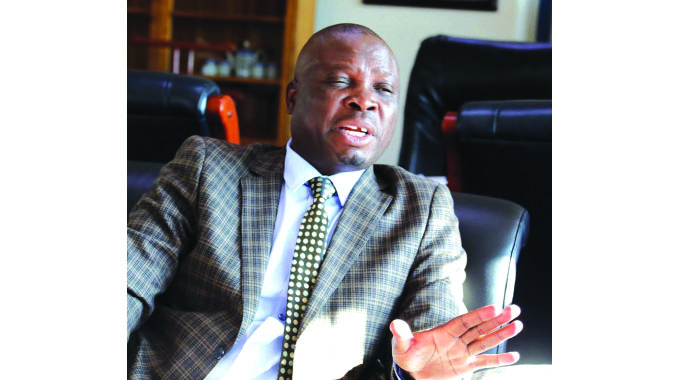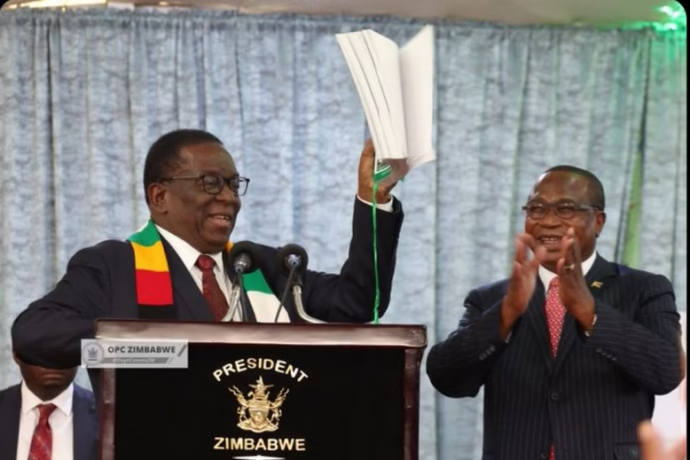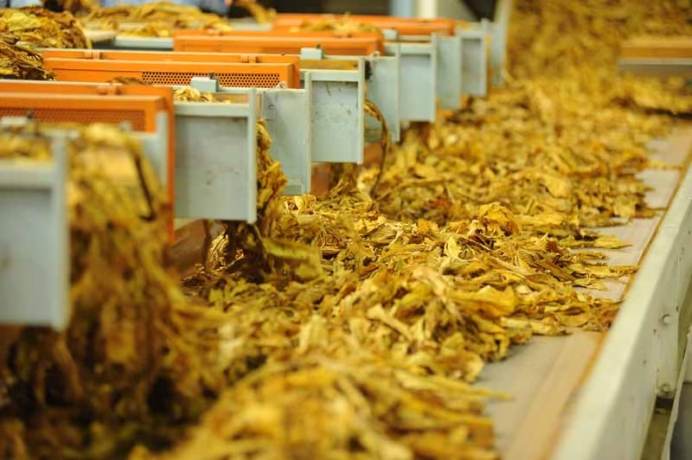
Kamativi Mine in Hwange District, Matabeleland North Province, which has not been operating for almost 30 years, is back in production but mining lithium and not the tin it used to mine.
President Mnangagwa is expected to commission the lithium project during the first quarter of this year, Matabeleland North Provincial Affairs and Devolution Minister Richard Moyo confirmed.
Located about 90km south-east of Hwange town, Kamativi Tin Mine, was closed in 1994 when the international price of tin plummeted to unsustainable levels.
At that time the tin mine employed about 3 000 workers and still had a life span of over 40 years.
In recent years the Government discovered lithium deposits at the disused tin mine and a Chinese investor was engaged to reopen the mine.
Now operating as Kamativi Mining Company (KMC), a joint venture between Sichuan Pude Technology Group from China and Zimbabwe Mining Development Corporation (ZMDC), the mine recently commissioned its phase one modern lithium processing plant, in what is seen as a significant step for Zimbabwe’s mining industry.
In an interview, Minister Moyo said the re-opening of Kamativi was one of the milestone projects being implemented by the Second Republic in the province as the country drives towards attaining an upper middle-income economy by 2030.
“For 27 years Kamativi Mine was closed and now it has been reopened and several jobs are being created for our people, especially the youths,” he said.
Minister Moyo said the machines have been tested and the company was ready to go into full production.
“We are now waiting for President Mnangagwa to commission the project during this first quarter,” he said.
According to recent reports, the new processing plant can produce 50 000 tonnes of spodumene concentrate per annum, which will be processed into lithium salts.
“We recently commissioned our processing plant with a capacity to produce 50 000 tonnes of spodumene concentrate per annum. Production will start soon and for this first phase we are relying on a 33KV power line from Hwange,” said the manager, Mr Tatenda Mangeya, in an interview with ZBCtv.
He said the company has plans to construct an 88KV power line to augment power supplies under its phase two.
Mr Mangeya said the company has also constructed a dam to ensure reliable water supply for the plant.
“We are grateful for the support that the Government has given us to this end,” he said.
The commissioning of the US$10 million processing plant is a new dawn for the people of Kamativi, said Kamativi Ward 11 councillor Josh Tshuma.
“We are happy that a number of locals are now employed by this company thereby enabling them to fend for their families,” he told ZBCtv.
Geological surveys indicate that Kamativi has higher lithium deposits and a mix of minerals such as tantalite, lithium, beryl, copper, beryllium, value spodumene, petalite and limestone that could be economically exploited outside of tin.
The closure of Kamativi Mine back in 1994 had created a ghost town, which the Second Republic under President Mnangagwa is resuscitating through its engagement and re-engagement drive.
Lithium is set to become Zimbabwe’s third biggest mineral export after gold and platinum group metals and has already attracted huge investor interest with key projects at Zulu Lithium in Insiza District, Sandawana Mine in Mberengwa, Bikita Mine, Mutoko, Chiredzi, Goromonzi and Buhera in Manicaland.
The old town of Kamativi is once again expected to become a key mining town with its US$2 billion worth of lithium.
Matabeleland North is set to be among the big producers of lithium in the country.
While the international prices of tin are on re-bound hovering between $15 000 and $22 000 per tonne, there is increased international demand for the lithium mineral known as “white oil”, which is used for manufacturing batteries due to the emerging electric motor vehicle industry.
The re-opening of Kamativi as a lithium multi-element ore body operation under a US$1,4 billion investment would further unlock huge value from seven minerals with plans to also construct a 20MW solar plant.
Minister Moyo is on record saying Mat North is the biggest beneficiary of the Second Republic’s development agenda.
Other key projects implemented in the province include Hwange Power Station Unit 7 and 8 expansion, which was commissioned last year, Gwayi-Shangani Dam construction, which is underway, Lupane State University construction, Welshman Mabhena Government Complex, Bulawayo Kraal Irrigation, Lupane Provincial Hospital construction whose phase 1 is also expected to open this first quarter and Muchesu Coal Mine, which opened last year in Binga.
Herald




